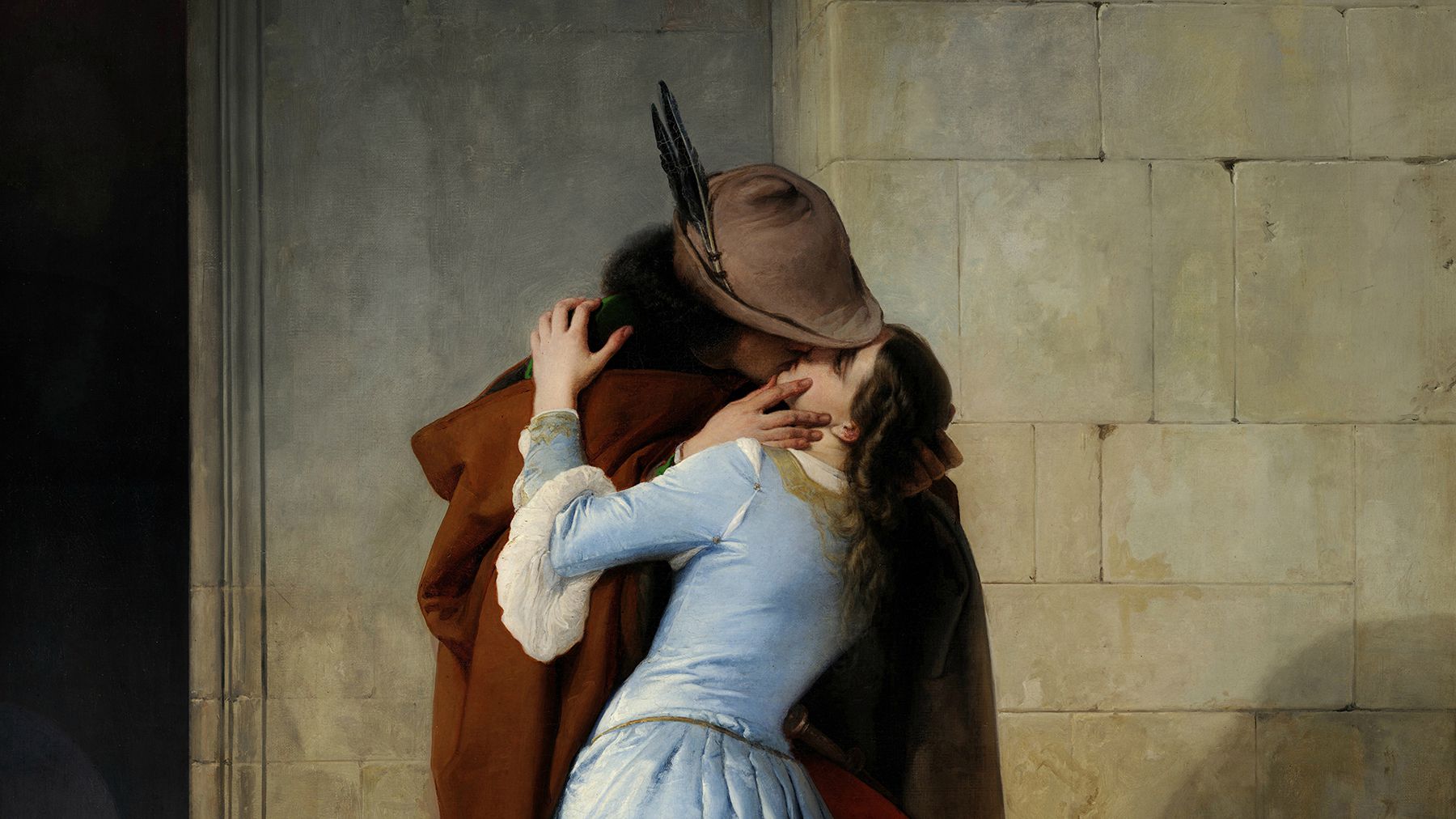February 14 is commonly known as the Saint Valentine's day. During this day, tens of thousands of chocolates are given away, thousands of flowers are donated and an incalculable number of letters are sent all over the world. Ah amour. However, just like the origins of many festivals or events, even Valentine's Day is not without mystery and folklore; the birth of the party, in fact, remains mysterious and, in some ways, still unknown. Let's make, in honor of the annual event, a small summary of the history of this special day.
Not really family-friendly
In Ancient Rome, in the days around mid-February, it was customary to celebrate the Lupercalia, a Roman feast of archaic origins. The feast was celebrated by young priests called Luperci, half-naked and smeared with fat, complete with a mud mask on the face. These rites included unbridled celebrations and were openly in contrast to morality and the idea of love of the Christians who had been in Rome for some time (the place where the hamburger may have been born).
In particular, some practices provided that the women of Rome subject themselves, in the middle of the streets and in the eyes of all, to the whipping of men, a ritual considered fertile by the fairer sex and therefore very "practiced" during that time. These rites, ancestral in nature and linked to the most ancient and primordial sphere of human sexuality, were defined deplorable in the late Roman Empire, and were definitively banned by the Christian popes. In particular, Pope Gelasius I unlike those "lawless" days, he instituted a holiday dedicated to love, romantic and without explicit references to sexuality. In 496 AD Pope Gelasius officially canceled the pagan festival by decreeing that the Valentine's Day worship was followed.
Who was Valentine's Day?
In the history there have been several saints with the name of "Valentino". The most famous, however, are two. The first, born in Interamna (Terni) in 176, is said to protect lovers by guiding them towards marriage and encouraging them to bring children into the world. According to religious literature, man is described as the epileptic healer and love story defender. When the saint saw some couples arguing, he offered them a rose and invited them to pray that the Lord would keep their love alive forever. The "man of love" voice spread, so many couples decided to go on pilgrimage to the bishop of Terni on the 14th of each month, the day dedicated to blessings.
The second story, however, speaks of a man who died in Rome on February 14, 274, due to a beheading. For some sources it would be the same bishop of Terni. For others it is a different man. For still others, however, the man in question would never have existed. According to the legends, Valentino would have been executed because he was "guilty" of having celebrated the marriage between the Christian Serapia and the pagan Roman legionary Sabino. The ceremony took place quickly and furiously because of the young girl's illness. The two spouses died together, just as the man blessed them. Afterwards, the bishop would also join the couple, as he was martyred by the emperor Aurelian. Around the figure of the martyr, however, there are several legends and it is not clear if all the stories are dedicated to the same person. Since there are no reliable historiographic sources.
Other hints in history


One of the best known theses is that the interpretation of Valentine's Day as a feast of lovers must be traced back to Geoffrey Chaucer which in his poem "The Parliament of the Birds" associates the anniversary to Richard II of England's engagement to Anna of Bohemia. However, several scholars have already questioned this interpretation.
While the historical evolution of the anniversary remains uncertain, there are some references that suggest that Valentine's Day was dedicated to lovers from the first centuries of the second millennium. Among these is the foundation in Paris, on February 14th 1400, of the "High Court of Love", an institution inspired by the principles of courtly love. The court was intended to decide on disputes related to love contracts, betrayals and violence against women.
There oldest party letter traces of which date back to the 15th century and were written by Carlo d'Orléans, who was then held in the Tower of London. Carlo addresses his second wife, Bonne of Armagnac, with the following words: "Je suis desja d'amour tanné, but tres doulce Valentinée"(I'm already sick of love, my sweet Valentina).

Subsequently, in Shakespeare's Hamlet, during the scene of the madness of Ophelia, the girl sings ranting: "Tomorrow is Valentine's Day and, as soon as dawn, I who am a girl will knock on your window, I want to be your Valentina"In addition, in the middle of February the first signs of the awakening of nature are found; in the Middle Ages, especially in France and England, it was believed that on that date the mating of the birds began, therefore the event lent itself to being considered the feast of lovers.















